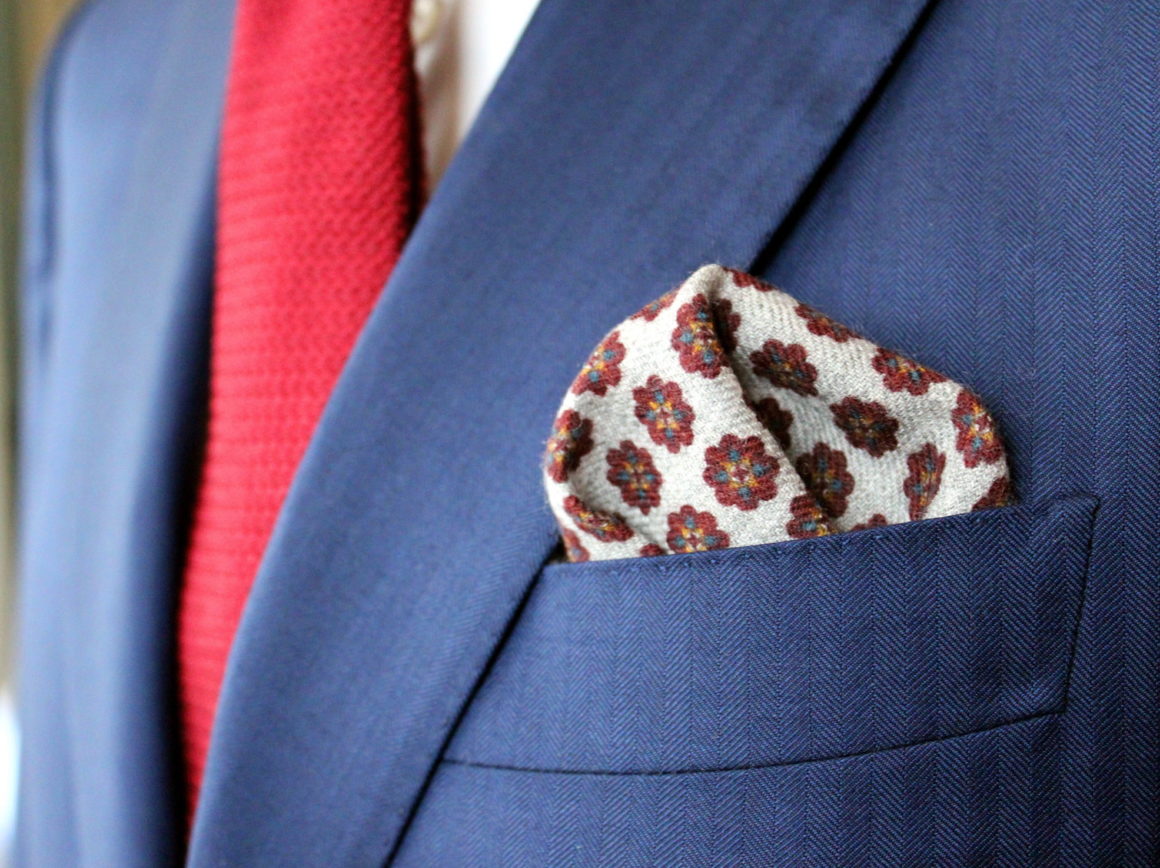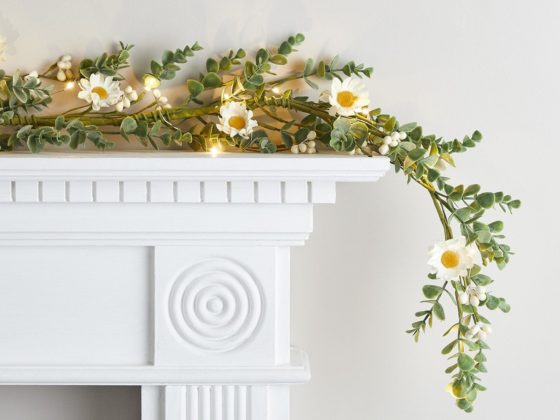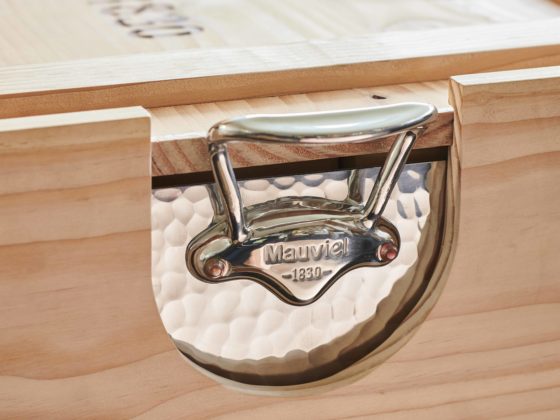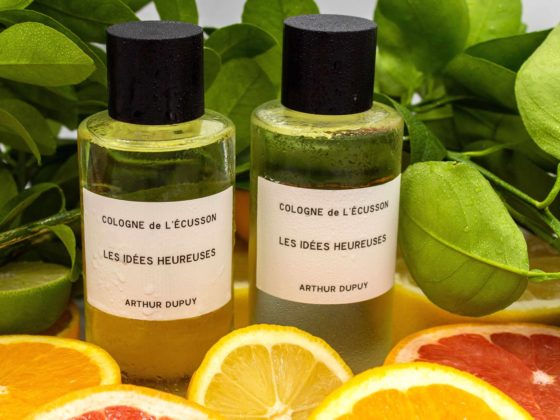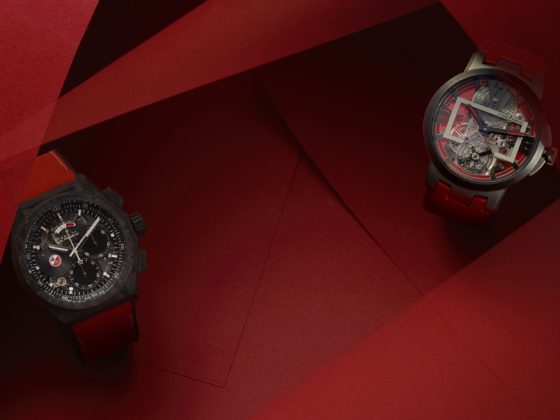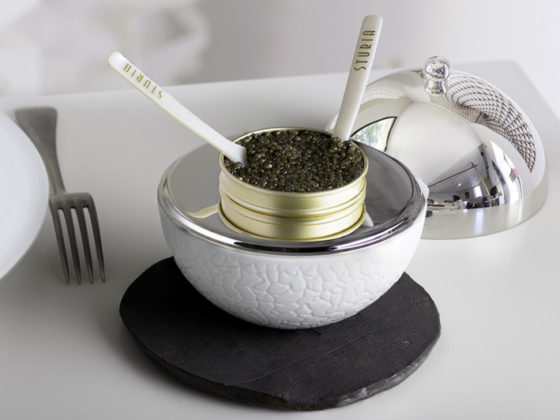While casual orders a minimalist outfit or adapted to the image one has of one’s interlocutors, it is advisable to to be the advocates of two indispensable accessories of the elegance of a simple outfit: the tie and the clutch.
By Benoit Aguelon
“A well-worn tie is one of those traits of genius that can be felt and admired, but cannot be analyzed or taught. The tie is romantic in its essence; from the day it will undergo general rules, fixed principles, it will have ceased to exist. “He seems a long time ago when Honoré de Balzac took up his pen to dedicate a test, concluding in 1830, in his Treatise of the tie, that this piece of precious fabric could live “only of originality and naivety.”
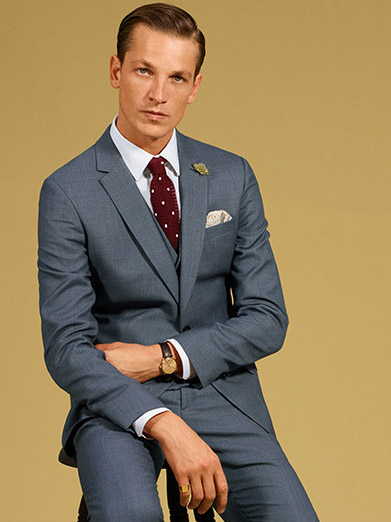
Some will be amused by the inanity of this revolt of elegance while at the same time the number of multinationals that dress code, or even impose a casual style, is growing. exponentially. Consider Google, Apple, Facebook, Microsoft and their CEOs as an example. More surprisingly, the bank’s 230,000 employees JPMorgan Chase & Co were the first to be notified by their management that the suit and tie was no longer a requirement for the exercise of their professional activity. Let’s agree that the tie should not be a obligation but a pleasure for anyone with a certain sensitivity to the beautiful. Let’s not neglect it; central and vertical, it is the one that leads the gaze of our interlocutors to our faces. Formal in appearance, it is by nature poetic and magnifies an outfit only if it harmonizes with it, both by its material and its color and pattern. Most often made of silk, woven, braided or printed, a tie can also be be cut in wool or cashmere. We will most often reserve these to casual weekend outfits and jackets – in tweed or linen – and flannel.
It is advisable to control the length of his tie; neither too long nor too short, its point must tickle the belt. If you There are a hundred ways to tie it, but you must avoid the rigidity of the Windsor knot by avoiding fancy knots. The knot must fill the neck of the shirt, its thickness depends on the flare of this one. A subtle asymmetry is appreciated, as is the presence of a gathering under the knot – two for the most experienced. The standard width of a tie is 8.5 cm but must be balanced with the width of the lapels of the jacket. To be avoided however, ties that will be more or less than 1 cm wide in relation to the standard mentioned above. On the other hand, ties that are too thin do not go well with no setback, whether narrow or generous. If you must wear a tie fine, go all the way by adopting a string tie and the Stetson that will adorn your chef! The choice of the color or the patterns is up to the subjectivity and tastes of each individual. Do not use too bright silks, too bright colors and patterns that are too big to attract the eye exclusively on your tie, at the expense of your face.
As for the pouch, well before becoming a simple practical object, it was first and foremost a precious accessory, of luxury and covetousness, in noble material essentially, decorated with lace, embroidery, gold or silver. We will speak here only about the pocket, decorative handkerchief that we slip subtly in the breast pocket of our jacket and not about the white cotton handkerchief that we advise however to every man to put in his inside pocket, in order to sponge his forehead by strong heat or to help a lady in need. We will not discuss these synthetic rags any further, sometimes pre-folded or worse, pre-sewn to the breast pocket of the jackets of quality, which distorts the charm and interest inherent in wearing the pocket.

Close to the heart, this handkerchief of appearance reveals a lot about the one who wears it, and even about the one who does not wear it. More or less hidden inside your breast pocket, plain or printed with adventurous patterns, perfectly folded, studied, symmetrical or ragged, the simple fact of wearing the clutch proves a certain audacity, in these days of dull outfits. The cover thus testifies above all to the confidence of the man. And for good reason, it is probably the only piece of clothing whose wearing has not been formalized – with the possible exception of the ceremonial clutch, immaculate white, linen or cotton. Thus freed, without net nor rules, if the fault of taste is easy and slows down more than one, it should not slow you down any more, provided that you make your some advice.
The art of wearing the clutch is nothing less than a harmonious quest between different materials and colors. Whether they are made of silk, cotton, linen or cashmere, choose clutches with hand-rolled edges. If it is certainly a coquetry – of fine gourmet! – This technique, meticulous and now rare, guarantees the quality of the fabric, essential since it will be tortured, crumpled, folded and unfolded according to your moods. Also prefer small sizes, from 30 to 35 cm on a side, in order to spare your breast pocket and to avoid too much volume that would distort the line and the fall of your jacket. Little tailor’s tip: don’t hesitate to fix your pouch with a safety pin inside your pocket. Thus maintained, it will avoid hiding during your day.
Benoit Aguelon(Blaise de Sébaste, tailors)


